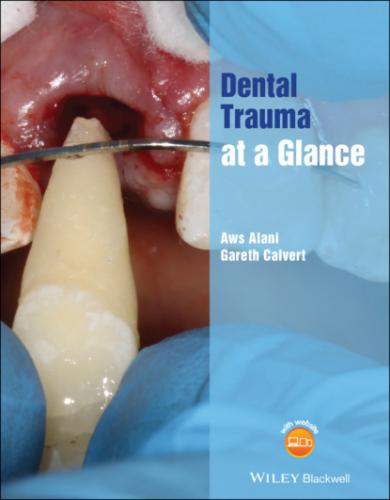Figure 3.1 Radiograph (phosphor plates) sizes for dental trauma.
Figure 3.2 Basic equipment for repositioning and splinting traumatised teeth.
Figure 3.3 Extended range of dental equipment for splinting and endodontics.
Figure 3.4 Pulp testing equipment. (a) Electric pulp test (b) Cold test.
Figure 3.5 Tungsten carbide bur for removing composite during splint removal.
Introduction
To provide optimal treatment when acute trauma presents the clinician requires the correct equipment to be readily available. Without an organised armamentarium the clinician is less likely to be able to achieve treatment goals during the crucial period immediately post trauma (Chauhan et al. 2016).
Team approach
The importance of a team approach for the management of acute dental trauma cannot be understated:
A family member/friend provides valuable moral support during this time of distress, and importantly another source to recall information regarding the accident itself or to ensure that post‐operative instructions are followed.
Reception staff can assist the individual in recording their personal information and medical history.
The dental nurse is another source of reassurance for the patient during this anxious time, but most importantly, another set of hands to optimise the management of the injuries as access and dexterity in a lacerated or swollen mouth is fraught with unique challenges.
Equipment for diagnosis
A photo of the patient’s teeth prior to the trauma provides invaluable information for the clinician regarding how to reposition the teeth to their original position (such as a ‘selfie’ or a high‐resolution portrait photo) (Djemal and Singh 2016).
Pre‐operative photographs. This will provide a plethora of information for future planning and review. A digital photo taken with a macro lens and ring flash is the optimal setup. One further important aspect may include the potential for future litigation where the injuries were non‐accidental.
Pre‐operative radiographs. Size ‘0’ ‘2’ and, if possible, ‘4’ films are required for periapical and occlusal radiographs, respectively (Figure 3.1). More intricate injuries and complications may only be visualised with cone beam computed tomography.
Equipment for repositioning teeth
Almost all patients require local anaesthesia.
Basic instrument kit (Figure 3.2).
The majority of teeth can be repositioned using firm digital pressure. If the teeth are slippery, then a piece of gauze may aide gripping of the teeth.
Where teeth are intruded or severely luxated, the clinician could consider the use of forceps to reposition.
Equipment for tooth stabilisation
Once teeth have been stabilised, moisture control can take the form of either cotton rolls or cheek retraction devices.
The most conventional method of tooth stabilisation is the passive flexible composite wire splint on the labial surfaces of the teeth.
The splint is commonly 0.016" or 0.4mm stainless steel orthodontic wire or ribboned titanium wire.
A wire cutter is required to cut the required length.
Standard light cure unit (Figure 3.2).
Equipment for tooth restoration
Where enamel or enamel and dentine fractures have occurred, the provision of a suitably contoured restoration utilising a layered composite system is advised.
In situations where the trauma has resulted in multiple fractures and luxation injuries, making moisture control and isolation difficult, a glass ionomer cement can be utilised to stabilise prior to the more definitive restoration.
Equipment for pulp management
Where the pulp is exposed, and the clinician identifies the need for pulpotomy or pulp capping; suitable isolation is a pre‐requisite, ideally with a rubber dam (Figure 3.3).
Once isolated, a tungsten carbide bur within a fast handpiece is required to remove any inflamed tissue.
The choice for materials to overlay the exposed pulp can vary between calcium hydroxide, mineral trioxide aggregate, or the more modern bioceramic cements.
An intermediate layer of glass ionomer cement (GIC) underlying the definitive composite restoration will also be required.
Equipment for endodontic treatment
Where it is envisaged that root canal treatment is inevitable, the clinician should have a basic set of instruments to extirpate and dress teeth (Figure 3.3).
This should include the provision of rubber dam and hypochlorite irrigation in combination with calcium hydroxide dressing or other suitable dressing material.
Equipment for review and splint removal
Cold test such as Endo‐FrostTM (Coltene) (Figure 3.4), not ethyl chloride.
Electric pulp tester (Figure 3.4).
Once the period of splinting is completed, removal should not compromise the natural tooth tissue.
Tungsten carbide composite removal burs in a slow
